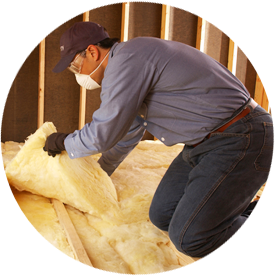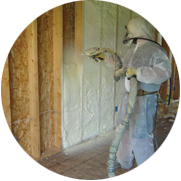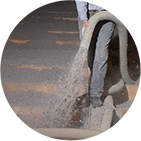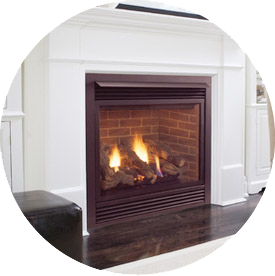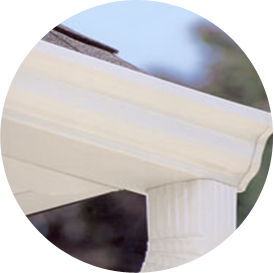Tackle a few of these easy maintenance projects this weekend and you’ll have a safer, more energy-efficient home year ’round.
Add Another Layer of Attic Insulation
Heat rises. And since the majority of homes built before 1980 are under-insulated, it rises through the ceiling, past the roof and into the atmosphere because of a lack of insulation in the attic. As a general rule, if you have less than 12 inches of attic insulation, you probably need more.
Clean Gutters and Spouts
Gutters and spouts clogged with leaves, nuts, and other debris can cause damp or wet basements, cracking, or sinking foundations and floors, and damage to vinyl siding and roofing soffits. In the winter, clogging debris will prevent ice and water from flowing properly and can lead to damaged or leaking gutters.
Invest in a Humidifier
If your furnace doesn’t have a built-in humidifier, you might consider buying a portable unit for frequently occupied areas such as the bedroom and living room. The additional moisture will increase the "heat index" inside your home, making 68º F feel more like 76º F. The relative humidity in the home should be between 30 to 50 percent to help avoid condensation on windows.
Check Your Roof
Missing or damaged shingles can allow melted snow or ice to leak into your home. Inspect your roof to make sure all shingles are laying flat and straight.
Let Your Roof Breathe
Making sure your roof has ventilation is just as important as making sure your house has enough insulation. If your roof is not properly ventilated, the hot air rising from your home will get trapped in the attic and cause the snow to melt. The water may then leak into your home or refreeze under your roof shingles causing them to pop off.
Cover the Windows
If you can’t afford to replace your single-pane windows, remember to use your storm windows or install a clear plastic film across the inside of your window and frame. The plastic becomes nearly invisible when you heat it with a blow dryer and is relatively inexpensive (typically $4 to $6 per window). The trapped pocket of air between the plastic film and window acts as an effective insulator, helping to reduce heat loss through the window by 25 to 50 percent.
Trim Trees and Remove Dead Branches
Ice, snow, and wind can knock down trees and branches, causing potential damage to your home or property and harming plants for the next growing season. Be sure to trim dead or overgrown branches after the first frost.
Change your Furnace Filters
You can improve the energy efficiency of your heating and cooling systems by as much as 10 percent by cleaning air registers, baseboard heaters, and radiators as needed and changing forced air heating system air filters monthly. An alternative to swapping out the replacement filter is to use washable filters (around $20 each). With care, they can last up to five years.
Plug the drafts
The exterior of your house is your first line of defense against drafts, so caulk, seal, and weather-strip around all seams, cracks, and openings. Pay special attention around windows and where siding or bricks and wood trim meet. You can also reduce drafts from the inside by caulking, sealing, and weather-stripping around windows and door frames and near electrical boxes and plumbing fixtures.
Clean Your Chimney
Built-up materials in your chimney can be a fire hazard. If you use your fireplace regularly, have your chimney cleaned each year.
Turn Off Your Water
Forgetting to turn off the water leading to your outside spigots can cause frozen or burst pipes. First shut off the water from the valve inside your home then open the valve outside to let the trapped water out. Also don’t forget to remove garden hoses.

